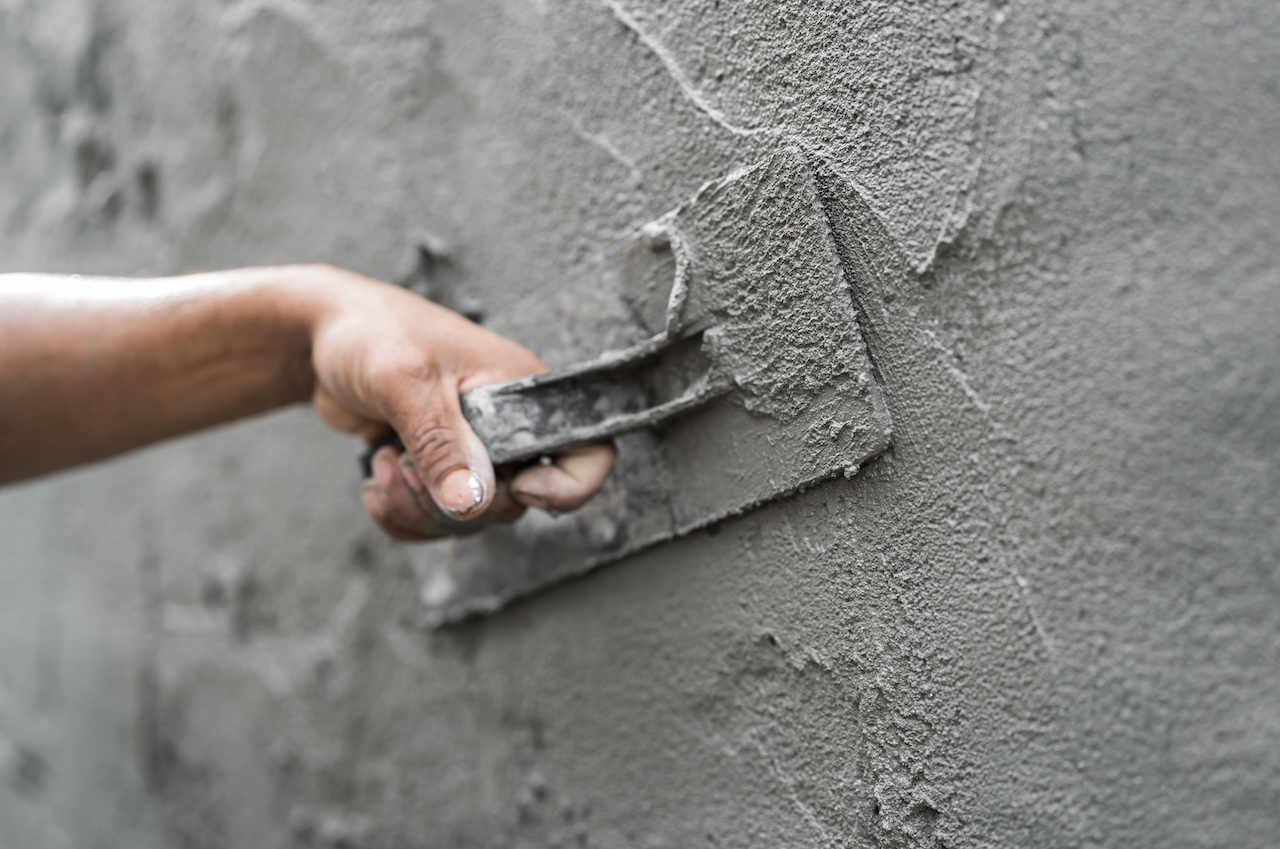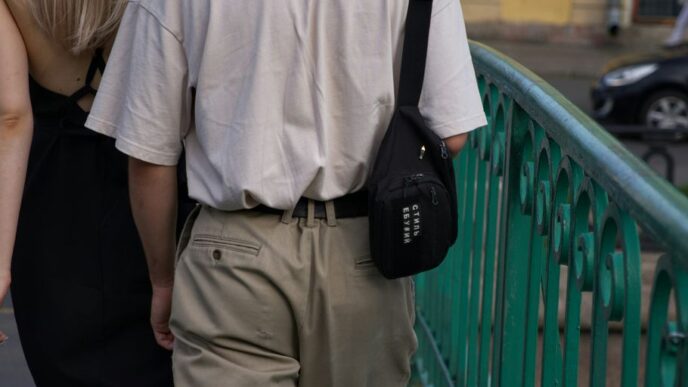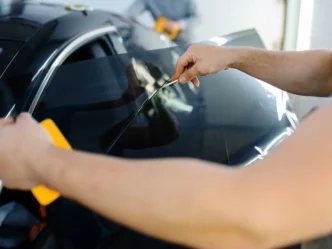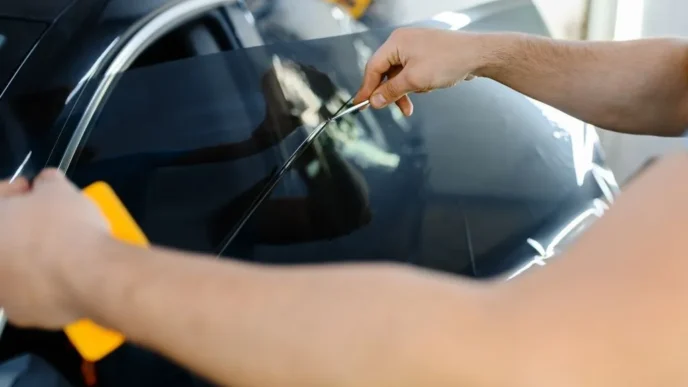Stucco is a popular building material that has been used for centuries. It is made from cement, sand, and water, and is commonly used to cover the exterior of buildings. In recent years, stucco has gained recognition for its role in promoting sustainability in homes.
Here we will explore 6 ways in which stucco helps with home sustainability.
1. Insulation
Stucco is an excellent insulator, helping to keep homes cool in the summer and warm in the winter. This reduces reliance on heating and air conditioning systems, resulting in lower energy consumption and costs. By using stucco as an exterior finish, homeowners can significantly reduce their carbon footprint.
2. Durability
Stucco is known for its durability, making it a long-lasting and sustainable choice for home exteriors. Unlike other materials that may need to be replaced every few years, stucco can last for decades with minimal maintenance. This not only reduces waste but also saves homeowners money in the long run.
3. Resistance to Moisture
One of the biggest threats to home sustainability is moisture damage. Stucco is naturally resistant to moisture, preventing mold and mildew growth that can lead to structural issues and health concerns. This makes stucco a reliable and sustainable choice for homes in areas with high humidity or frequent rain.
4. Low-Cost Maintenance
As mentioned earlier, stucco requires minimal maintenance compared to other building materials. This low-cost maintenance factor adds to the sustainability of stucco as homeowners do not need to constantly replace or repair it. Additionally, stucco is easy to clean with just water and does not require harsh chemicals, making it an environmentally friendly choice.
5. Reflective Properties
Stucco has reflective properties that help reduce heat absorption from the sun, keeping homes cooler in hot climates. This means homeowners can rely less on air conditioning and use less energy to keep their homes comfortable. In colder climates, stucco can also help retain heat inside the home, reducing heating costs.
6. Versatility
Stucco comes in a variety of colors and textures, making it a versatile choice for home exteriors. This means homeowners can choose a stucco finish that not only suits their aesthetic preferences but also helps with home sustainability. For example, lighter-colored stucco can reflect more heat while darker colors can absorb it, making it suitable for homes in colder climates.
Overall, stucco’s role in promoting home sustainability is undeniable. From its insulation properties to its durability and low-maintenance nature, stucco is a sustainable choice for homeowners looking to reduce their environmental impact and save on energy costs. With its versatile options and resistance to moisture, stucco is a smart choice for any home!













